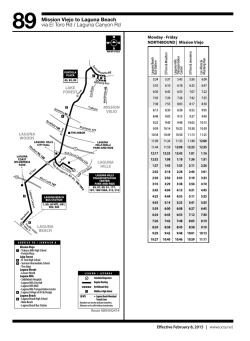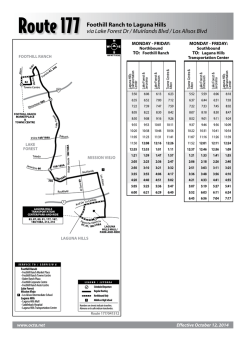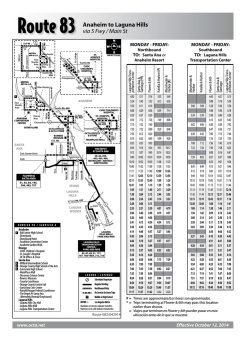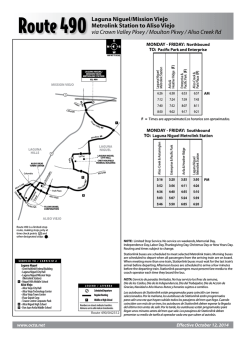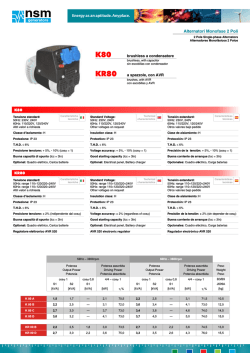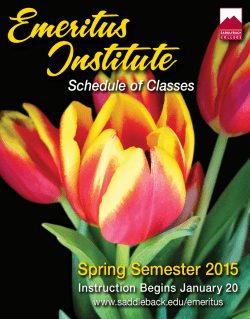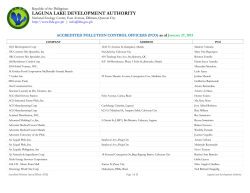
CÓMO SE ORDENA LA POTENCIA DE LA MULTITUD
CÓMO SE ORDENA LA POTENCIA DE LA MULTITUD. INSTITUCIONES Y DERECHO DE LA CIUDAD EN LA TEORÍA POLÍTICA DE SPINOZA Javier Peña Echeverría [email protected] Universidad de Valladolid Resumen El concepto de multitud ocupa un lugar central en la teoría política de Spinoza. Al hacer de la potencia de la multitud el fundamento de la sociedad política, se distancia tanto del contractualismo individualista de Hobbes como del organicismo escolástico. Pero, pese a lo que sugieren algunas interpretaciones, la potencia de la multitud necesita expresarse a través de un marco jurídico e institucional que la ordene y canalice. El autogobierno democrático institucionalizado haría posible el mayor grado de integración y estabilidad de esa potencia. Palabras clave: Spinoza, multitud, poder, instituciones políticas, derecho, contractualismo, democracia. REVISTA LAGUNA, 31; 2012, PP. 45-66 «How to arrange the power of the multitude. Institutions and law of the commonwealth in Spinoza’s political theory».The concept of multitude plays a central role in Spinoza’s political theory. In understanding the power of multitude as the foundations of the political society, he departs from both Hobbes’ individualist contractualism and scholastic organicism. However, despite what is suggested by several interpretations, the power of the multitude needs to be expressed through a legal and institutional framework that enables to arrange and channel it. The institutionalized, democratic self-government would make it possible for such power to achieve integration and stability to the fullest extent. Keywords: Spinoza, Multitude, Powe, Political institutions, Law, Contractualism, Democracy. 45 Abstract Revista Laguna, 31; octubre 2012, pp. 45-66; ISSN: 1132-8177 Laguna 31b.indb 45 22/11/2012 11:23:16
© Copyright 2024
